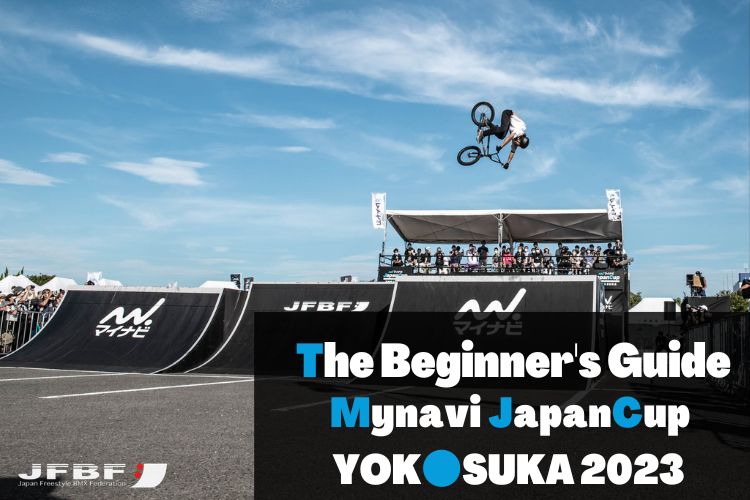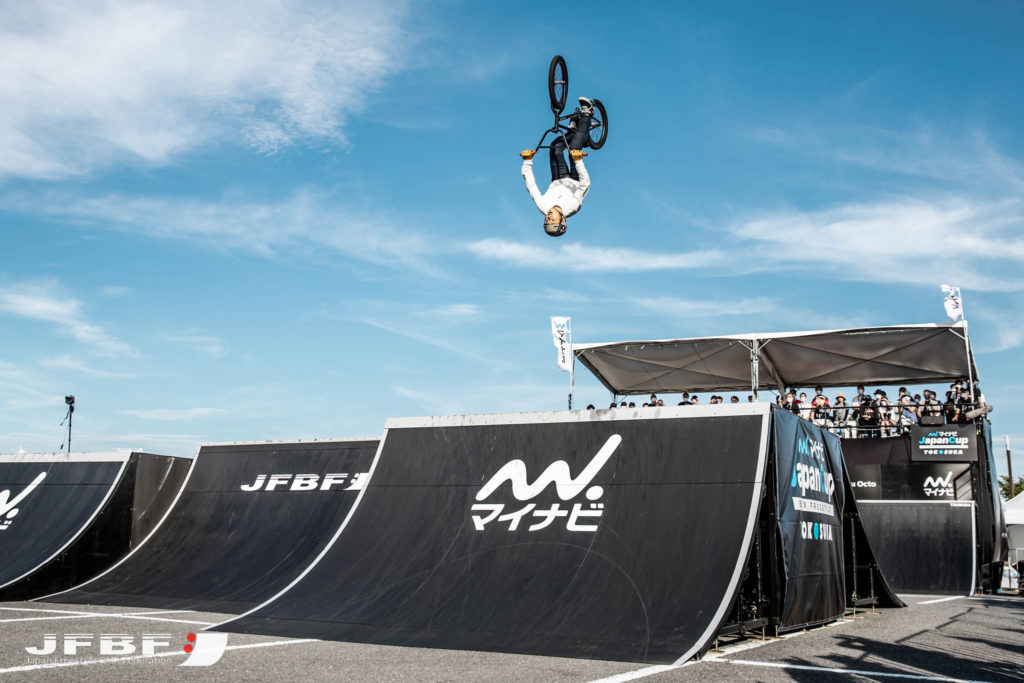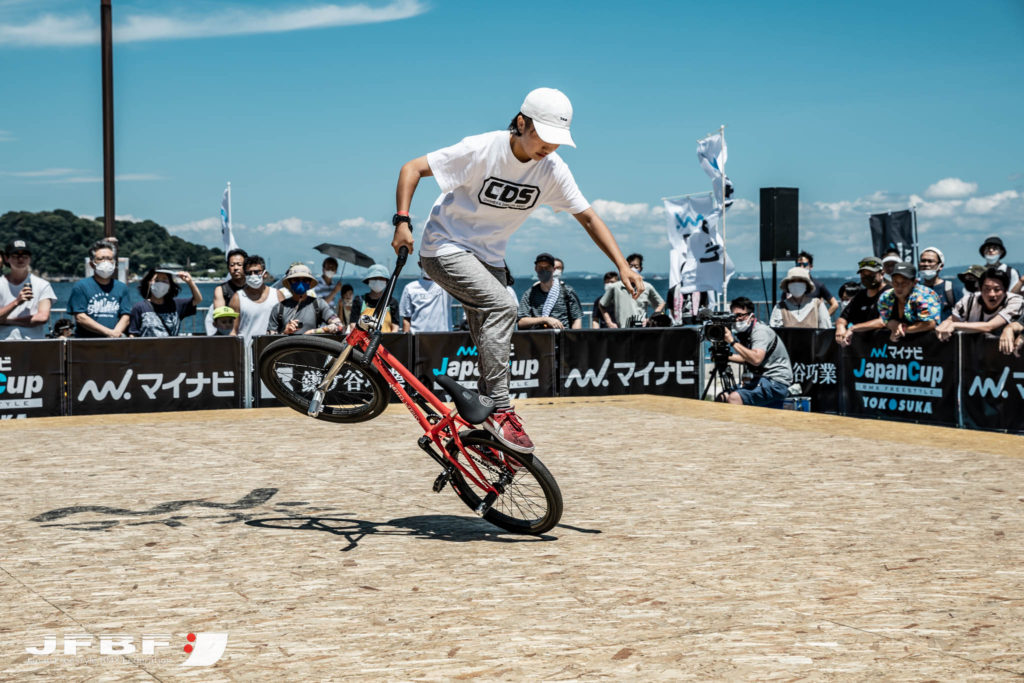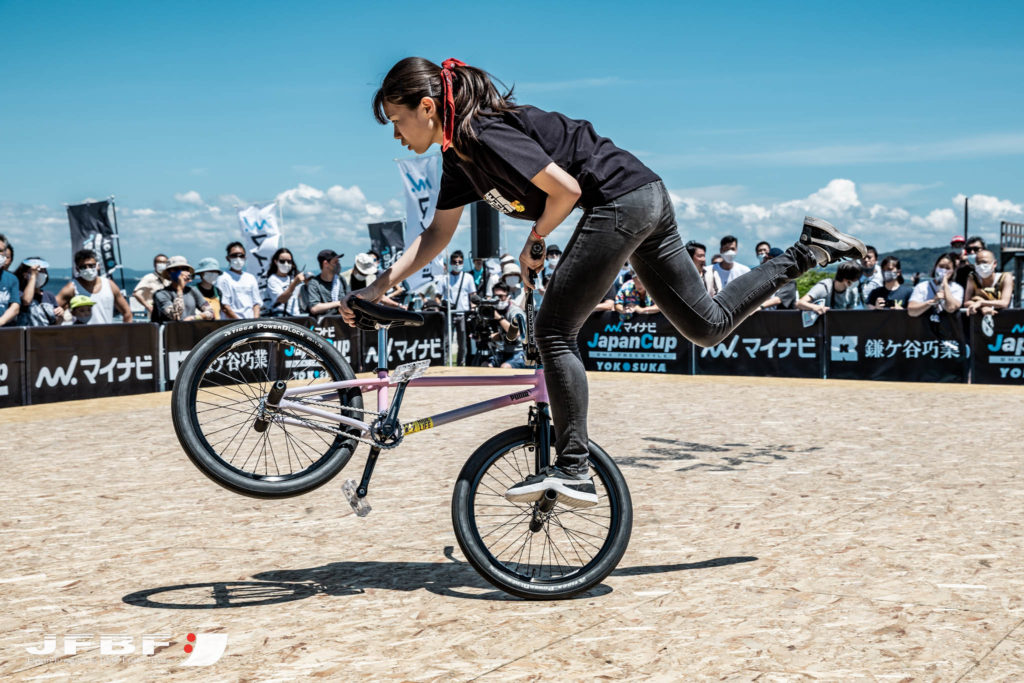The Beginner’s Guide to Enjoying BMX Freestyle Mynavi JapanCup Yokosuka 2023

Are you new to the thrilling world of BMX Freestyle?
Excited but unsure about what to expect at the Mynavi JapanCup Yokosuka 2023, the international BMX Freestyle competition being held in Yokosuka?
Fear not, this guide is tailor-made just for you! From the origins of BMX, to the nuances that make the sport so fascinating, we’ve got you covered.
Whether you’ll be captivated by the high-flying action of BMX Freestyle Park or the intricate artistry of BMX Freestyle Flatland, this guide will help you appreciate the extraordinary skills of these passionate riders.
Let’s set you up for an unforgettable experience of enjoying the breathtaking BMX Freestyle performances at the Mynavi JapanCup Yokosuka 2023.
What is BMX?

BMX, which stands for Bicycle Moto Cross, is a category of cycling that originated primarily on the west coast of the United States in the early 1970s. BMX Racing was included as an official sport in the Beijing Olympics in 2008, and the Freestyle Park competition was added to the Tokyo Olympics in 2020. These inclusions have garnered increased attention to the sport in recent years.
So, what kind of bicycle is a BMX? Its structure is very simple and yet incredibly sturdy. Its origin is traced back to American children who admired motocross stars and would ride 20-inch beach cruisers down from the mountains or around town. This is believed to have sparked the birth of BMX.

A beach cruiser is a type of bicycle. It was originally used by surfers and swimmers to travel from their homes to the beach, hence the name. Eventually, BMX began to be widely competed in races across the United States, becoming a popular sport. The origins of BMX, rooted in street play, didn’t just limit the fun to racing. A category called freestyle was born, which emphasizes masterful control of the BMX.

Nowadays, BMX has evolved into specialized competitions such as street, park, and flatland. One of the charms of BMX is that the body of the bike is lightweight, sturdy, and smaller than regular bikes or mountain bikes. Therefore, regardless of the category, BMX can be enjoyed by everyone, from children as young as four or five years old to adults, all on the same field.
BMX, a sport that facilitates communication across generations and languages, is expanding worldwide, transcending its American roots. As a new sport, it is gathering support from many age groups.
BMX Freestyle Park: The Exhilarating Jump!

The allure of BMX Freestyle Park lies unmistakably in its high and powerful jumps and dazzling tricks. Competitors leverage various sizes of jumping platforms within the competition area, known as the “park,” vying for difficulty, completion, and originality of their stunts.

Riders challenge themselves with precise and artistic tricks during their jumps, such as the vertical rotation of a backflip or the horizontal rotation of a 360-degree spin. Combining maneuvers like the tailwhip, which rotates the bike, and barspins, which spin the handlebars, they continually pull off high-difficulty tricks in succession—an absolutely awe-inspiring sight!
Within the competition area, they execute a series of bold air tricks for one minute, performing two runs each lasting one minute (45 seconds for the Challenge class).
Viewing Tips: Engulf Yourself in the Action

Start off by reveling in the sheer height and power of the action! The scoring for the qualifiers is based on the average score of two runs, while the finals follow a best-run system.
Judging is done primarily by considering the number of trick combinations, or ‘combos,’ based on difficulty, completion, and height. There are meticulous rules, such as deductions for falling upon landing even with a high difficulty trick. Therefore, the outcome is determined by how well and flawlessly one can execute high difficulty tricks. Keep in mind that scoring becomes challenging due to slip-downs or falls, so pay attention to how strategies may change between the qualifiers and finals!
BMX Freestyle Flatland: Artistic Performance

As the name suggests, BMX Freestyle Flatland competitions take place on smooth, paved surfaces. Riders showcase a range of artistic tricks that incorporate dance-like rotations with their bikes and maintaining balance on their tires. These tricks, akin to a dance with the bicycle as a partner, demand an astounding sense of balance and control skills.

Key features of competition bikes include ‘pegs’ on the front and rear wheels, which riders use for their feet during tricks. Additionally, the bikes are equipped with a freecoaster hub to prevent the pedals from interfering with tricks by ensuring that the rear wheel and pedals do not move in tandem.
The series of tricks performed by riders is known as a routine. There’s an infinite array of possible combinations, and riders relentlessly pursue this potential.
Scoring is based on the flow and composition of the performance, as well as its originality. The competition consists of a single 3-minute performance (2 minutes for the Challenge Class).
Viewing Tips: Revel in the Artistry and Individuality

Observe the riders’ pursuit of creativity, difficulty, and individuality in their routines. Pay close attention to the combination of tricks they choose, their execution, and how smoothly they transition between them. A routine is deemed successful when they manage to return both feet to the pedals without losing balance. So, when you see that happen, it’s time to cheer and applaud!
Japan has a strong presence in the Flatland scene, with many talented competitors. Keep an eye out for the Flatland Elite Class, which features many Japanese riders who have been making an impact in international competitions. Their performances are a spectacle not to miss at this event!
The Pinnacle of BMX Freestyle Awaits in Yokosuka!

This event brings together world-class riders who represent Japan. Another highlight worth noting is the Kids Division, which welcomes participants as young as three years old. This provides an excellent opportunity to witness the young talents who may become the world’s stars in the future.

Moreover, the location of the competition, Yokosuka, is also part of its charm. Yokosuka plays a vital role in narrating Japan’s culture and history. The unique atmosphere and culture of this port city contribute to the event, creating a distinctive experience that sets it apart from other BMX events and makes it a fitting venue for this special occasion.

BMX is a sport that can be enjoyed by people of all ages. Here in Yokosuka, you’ll be able to see a diverse range of riders, from top-level competitors to future stars, showcasing their skills.
We encourage you to witness these intense competitions in person, and help further elevate the BMX scene in Japan from Yokosuka!



